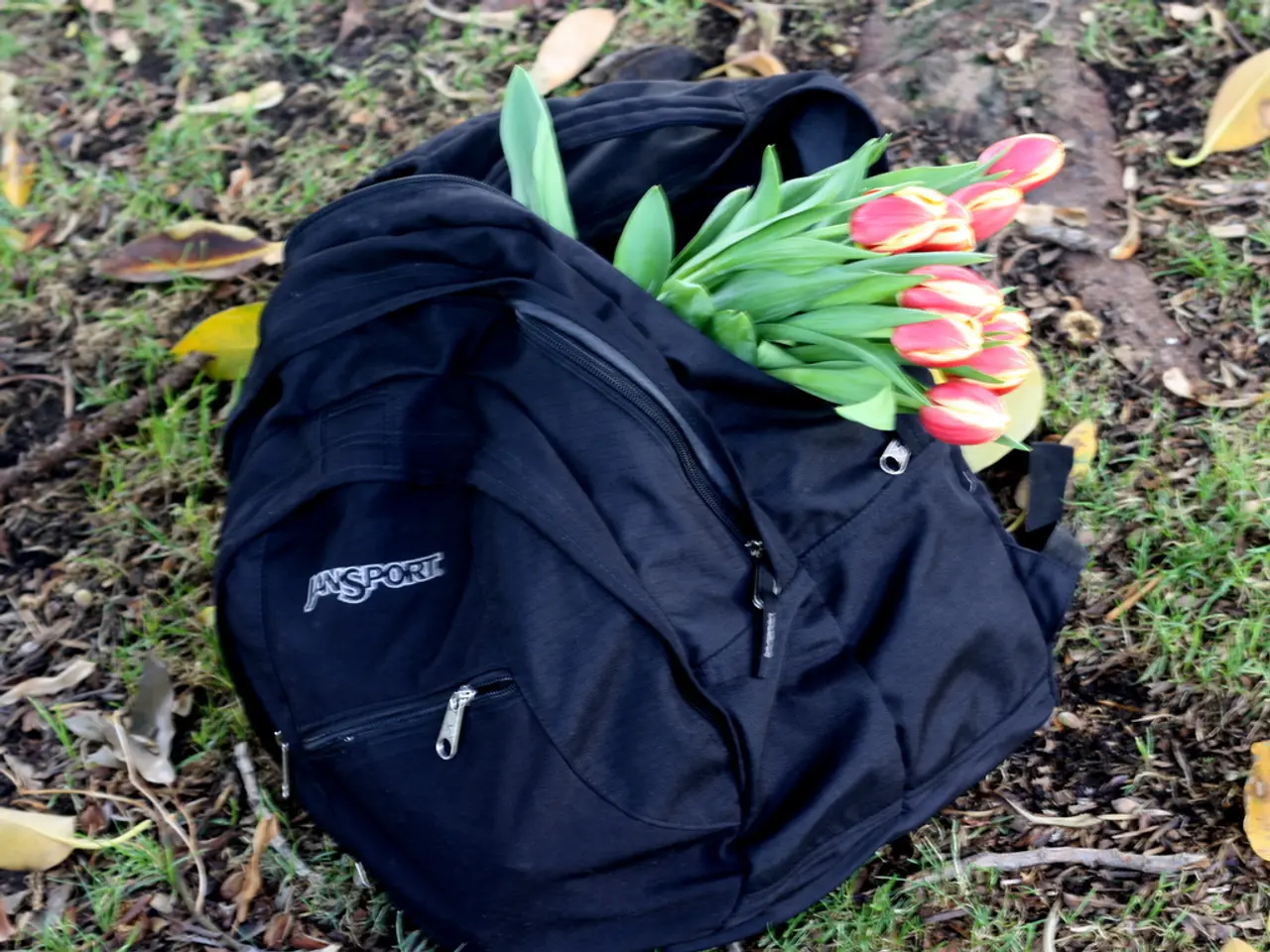Ideal Soil Compositions for Thriving Hoya Plant Growth
The Hoya plant, also known as the wax plant, is a beautiful tropical epiphyte that thrives in well-draining, airy environments, mimicking its natural growing conditions on tree branches. To ensure the success of your Hoya, it's essential to choose the right soil mix that provides excellent drainage, aeration, and nutrients.
### Optimal Soil Characteristics for Hoyas:
A well-draining, aerated soil blend is crucial for Hoya plants to prevent waterlogging and root rot, while allowing roots to breathe. The soil should be light and chunky to replicate the natural epiphytic environment and provide sustained growth without soil compaction.
### Common and Recommended Soil Mix Components:
There are several components that can be combined to create the ideal Hoya soil mix. Orchid bark or coco husk adds chunky texture and aeration, while perlite or pumice improves drainage and soil aeration. Activated carbon can also be included to help with moisture control and prevent fungal growth. A general houseplant mix can be used as a base, but it should be mixed with chunky components to reduce moisture retention.
### How to Customize Soil for Optimal Hoya Growth:
1. Start with a base of general houseplant soil to provide essential minerals. 2. Mix in orchid bark or coco husk to increase aeration and mimic the loose structure of aerial roots. 3. Add perlite or pumice (typically around 20-30% of the total mix) to further enhance drainage. 4. Optionally, include activated charcoal to keep the mix fresh and free from toxins. 5. Avoid heavy or dense potting soils, as they retain too much moisture.
### Additional Tips for Care:
- Allow the soil to dry almost completely between waterings, as Hoyas tolerate minimum watering due to their waxy, succulent leaves. - Repot every 12 to 18 months to refresh soil nutrients and maintain aeration. - Use monthly diluted fertilizer during the growing season (spring and summer) for best results.
### Choosing the Right Mix:
Cactus and succulent mixes are well-draining and can be used for Hoyas, but may need additional amendments. Coco coir is a sustainable option that offers good drainage and aeration, but may compact over time. It can be used as a base and amended with perlite or orchid bark to create a well-draining, airy potting mix. Peat-based soil is well-draining and provides good aeration, but its use of peat moss may not be sustainable.
Customizing your Hoya's soil using these guidelines promotes healthy root development, mitigates overwatering risks, and supports vigorous growth and flowering. This blend replicates their natural environment and helps the plant thrive indoors.
To create an ideal growing environment for your Hoya, consider customizing the soil mix to replicate its natural epiphytic habitat. This can be achieved by starting with a base of general houseplant soil, then adding orchid bark or coco husk for aeration, and perlite or pumice for improved drainage. Additionally, using a cactus and succulent mix, coco coir, or peat-based soil can work, but may require additional amendments to ensure proper drainage and aeration.




